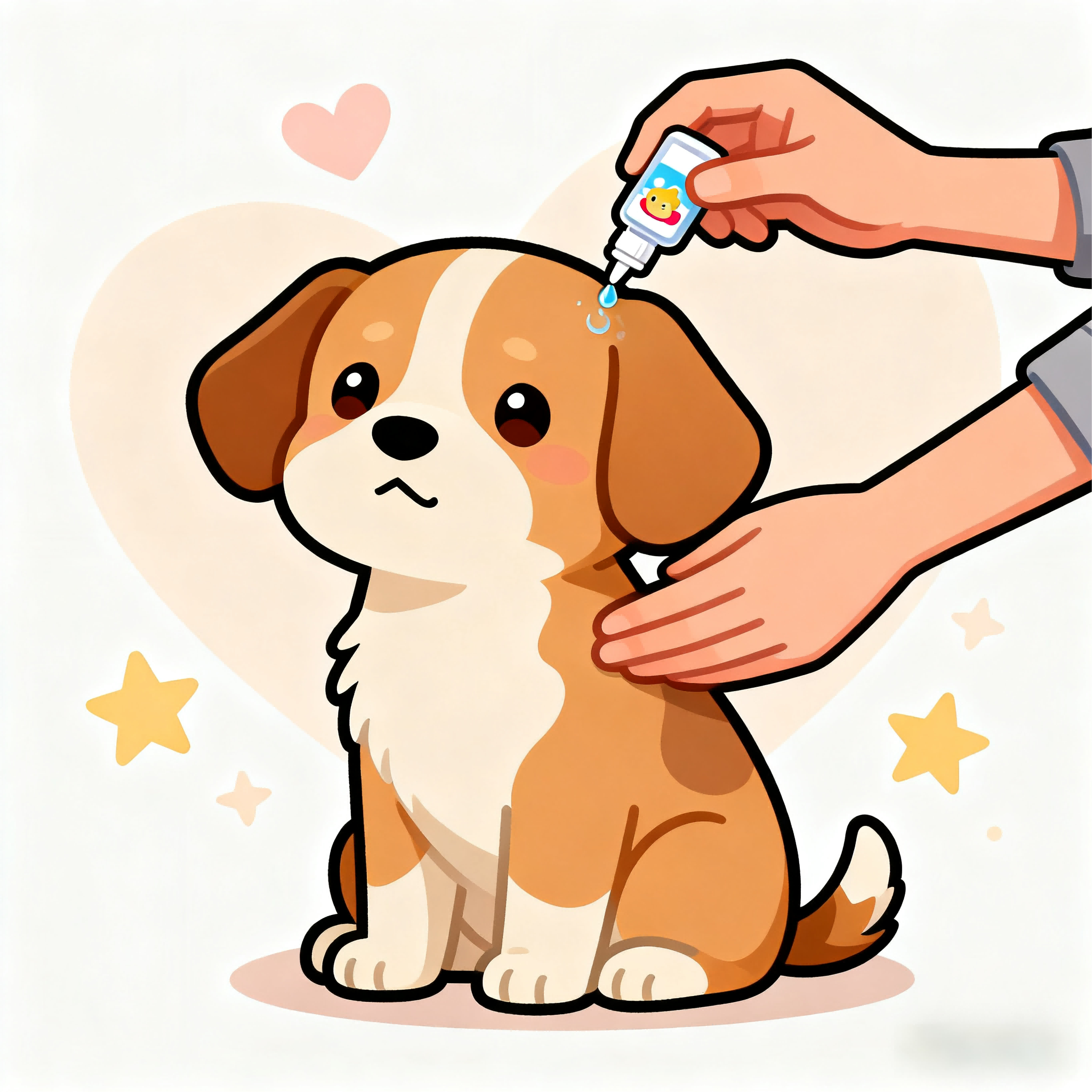

Oct. 30, 2025
Ticks are more than just annoying pests—they’re dangerous carriers of diseases like Lyme disease, ehrlichiosis, and babesiosis, which can severely impact your dog’s health and even be transmitted to humans. For dog owners, proactive tick prevention is not just a routine task but a critical part of safeguarding their furry friend’s well-being. Below is a detailed, actionable guide to help you effectively keep ticks at bay, combining proven methods, expert tips, and key precautions.

1. Regular External Deworming: The First Line of Defense
Regular external deworming is the most direct and effective way to prevent tick infestations. Veterinarians typically recommend administering treatment once a month, as most tick-preventive medications maintain their efficacy for 30 days. Popular and trusted active ingredients include:
2. Avoid Tick-Prone Environments
Ticks thrive in warm, moist, and vegetated areas, so minimizing your dog’s exposure to these habitats is key. Avoid taking your dog to:
If you do venture into such areas, keep your dog on designated paths and avoid letting them roam freely in overgrown vegetation. Additionally, steer clear of contact with animals known to be infected with ticks to prevent cross-infestation.

3. Keep Living Environments Clean and Disinfected
A clean environment is less inviting to ticks, as they can hide in debris, bedding, or furniture. Follow these steps to eliminate potential tick hiding spots:
4. Conduct Post-Walk Tick Checks
Even with preventive measures, ticks can sometimes attach to your dog during walks. Make it a habit to check your dog’s body immediately after returning indoors, paying close attention to warm, hidden areas where ticks love to hide:
If you find a tick, remove it carefully using fine-tipped tweezers: grasp the tick as close to your dog’s skin as possible, pull upward steadily, and avoid squeezing the tick’s body (this can release harmful pathogens). Disinfect the area on your dog and wash your hands thoroughly afterward.

5. Proper Use of Deworming Medications
To maximize the effectiveness of tick-preventive drugs, follow these critical guidelines:
6. Seek Timely Veterinary Care for Severe Infestations
If your dog is heavily infested with ticks (more than a few ticks) or shows signs of tick-borne illness (lethargy, loss of appetite, fever, joint pain, or skin inflammation), seek veterinary care immediately. Veterinarians have specialized tools and medications to safely remove ticks and treat any underlying infections. Do not attempt to remove a large number of ticks on your own, as improper handling can increase the risk of disease transmission.
By combining these strategies—regular deworming, environmental management, careful monitoring, and proper medication use—you can significantly reduce the risk of tick infestations and protect your dog’s health. Remember, tick prevention is a year-round commitment, even in cooler months, as ticks can remain active in mild weather. With consistent care and vigilance, you can keep your furry friend safe and tick-free!